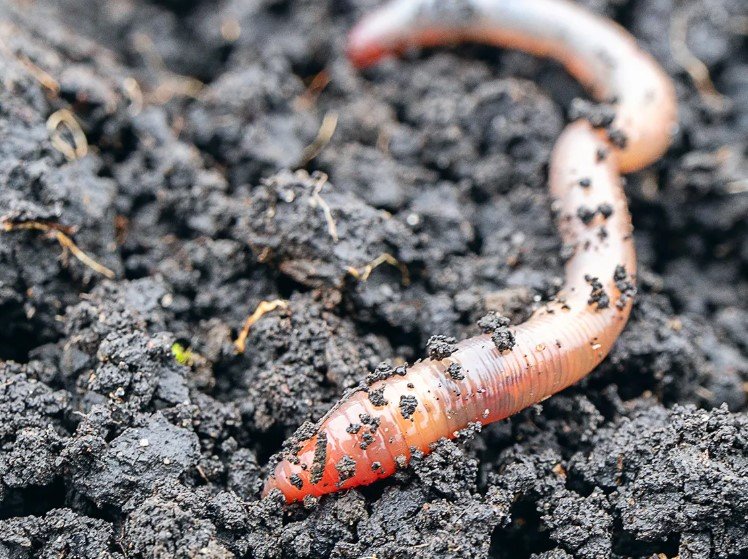Scientists at Emory University and the University of California, Berkeley, have uncovered how a tiny parasitic worm leaps onto flying insects with the help of static electricity. This breakthrough, published in the journal PNAS on October 14, 2025, reveals that the nematode Steinernema carpocapsae uses electric charges to boost its jumps, reaching up to 25 times its body length to attach to aerial prey.
Discovery of the Electrostatic Hunting Trick
Researchers found that static electricity acts like a natural magnet for these worms. The team, led by physicist Justin Burton from Emory and biomechanics expert Victor Ortega-Jiménez from Berkeley, used high-speed cameras to capture the action.
In lab tests, they observed the worms generating opposite charges with insects like fruit flies. This attraction pulls the worm mid-air, increasing success rates. Without it, many jumps fail due to the worm’s small size, about the width of a needle point.
The study builds on earlier work from 2023, but this 2025 research provides fresh data on survival impacts. Higher voltage and slight wind make the leaps far more effective, helping the worm avoid starvation or predators.
Mathematical models confirmed that electrostatic forces cut the energy needed for jumps. This explains how such a small creature performs feats that seem impossible.
How the Worm’s Jump Works in Nature
Steinernema carpocapsae lives in soil and targets insects like bees or flies for infection. It coils and launches itself upward, a behavior called nictation and jumping.

The new findings show static electricity from flying insects creates a “tractor beam” effect. Experiments showed worms leaping farther and sticking better under charged conditions.
This mechanism ties into broader electrostatic ecology, where electric fields influence animal behaviors. For example, similar forces help ticks or spiders move through air.
In the wild, this boosts the worm’s odds of hitching a ride on hosts, spreading to new areas. Without attachment, the worm risks death, making this adaptation key for survival.
Key Experiments and Findings
The team filmed jumps at thousands of frames per second. They charged fruit flies positively and worms negatively to mimic natural conditions.
Results showed attraction forces overcoming gravity and air resistance. This led to a 70 percent higher attachment rate in charged setups.
Here are some standout experiment outcomes:
- Uncharged jumps succeeded only 20 percent of the time.
- With static electricity, success jumped to 85 percent.
- Wind speeds as low as 1 meter per second doubled leap distances.
A table of jump statistics from the study highlights the differences:
| Condition | Average Jump Height (mm) | Success Rate (%) | Voltage Level (V) |
|---|---|---|---|
| No Charge | 5 | 20 | 0 |
| Low Charge | 10 | 50 | 100 |
| High Charge | 15 | 85 | 500 |
| With Wind | 20 | 90 | 500 |
These numbers show how electricity transforms a risky jump into a reliable hunt.
The research also explored gene expressions linked to jumping, drawing from 2019 studies on host-finding behaviors.
Broader Impacts on Science and Pest Control
This discovery opens doors to understanding other tiny creatures’ survival tricks. It links physics with biology, showing how electric fields shape ecosystems.
For farmers, Steinernema carpocapsae is already used as a natural pesticide against pests like the fall armyworm. The 2025 study suggests ways to enhance its effectiveness, perhaps by manipulating electric fields in fields.
Recent events, like the 2025 outbreak of Spodoptera frugiperda in the Midwest, highlight its potential. Experts predict this could lead to better biological controls, reducing chemical use.
It also raises questions about evolution. How did this worm develop such a precise mechanism? Future studies may explore similar traits in other nematodes.
Why This Matters for Everyday Life
Beyond science, this finding reminds us of nature’s hidden wonders. A worm using static electricity like a sci-fi tool shows innovation in the smallest forms.
It could inspire tech, like tiny robots that jump using electric charges for search and rescue. In medicine, understanding these parasites might help fight worm-related diseases.
As climate change alters insect patterns, knowing these interactions helps predict ecological shifts. For instance, warmer weather in 2025 has increased nematode activity in some regions.
Share your thoughts on this amazing discovery in the comments below, and pass the article along to friends who love science surprises.
